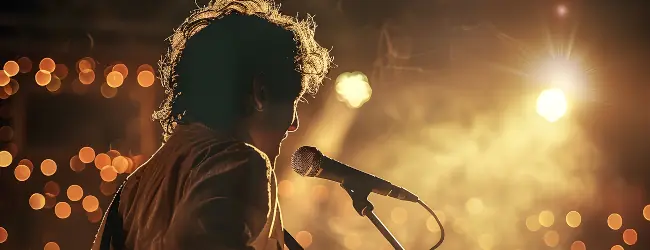Recently, I researched various remodeled bag designs. That made me think about imitating others’ designs. Let’s talk about it.
What is originality?
Sometimes, we want to create unique products. They allow us to avoid competition and bring us solid customers.
Unique creators often earn respect, particularly from customers who lack uniqueness. Those customers tend to become fanatics. They may consider creators as those who make only original things.
That often drives aspiring creators—beginners who want to be professional creators—to incorporate unique elements and reject imitation of recent successful trends. For example, after one movie becomes a big hit, similar concept titles always appear. Such mimicry makes us despise them. We may feel that they have abandoned their creator’s soul.

However, it can sometimes be difficult to identify our uniqueness or show our individuality effectively. Although we might dislike mimicking, we know we cannot create something completely original. That contradiction confuses us.
One solution is focusing on logical sense. That highlights the essence of creativity and may resolve your confusion. Today, I will explain it from a rational perspective.
Why pursuing uniqueness confuses us
Try thinking of being creative as being logical. That might resolve your struggle with originality.
Rationally speaking, there is no point in comparing whether something is original or an imitation. Seeking boundaries in continuous things doesn’t make sense.
For example, imagine there is a plain and a mountain. They are gently connected. In this case, let’s ask this question: where does the plain end and the mountain begin?

We cannot identify where the grasslands end and the mountains begin. It depends on perspective. Some might be based on the national land map, while some might define it by actual terrain. Seeking a definition without a purpose is meaningless.
In other words, ‘no answer’ is the logical answer. Abstract concepts don’t have universal value.
Originality and mimicry belong to such a class. Mimicry is the plain, while originality is the mountain. They are continuously connected. It is irrational to seek boundaries in continuous things. A reasonable definition depends on the purpose and context.
Considering being creative as being logical
Instead, we can consider creativity as a similar abstract concept, such as being logical, rational, and curious. That narrows down the purpose and provides us with a reasonable answer.
When we use them, there is purpose and prediction involved. When we are rational, we try something new based on our logical sense. When we are curious and try lightly, we avoid wasting many resources. On the other hand, when we are confident, we focus on it. That reasonableness indicates the level of originality.

In my case, I am now trying to make money by sewing bags. Although I don’t know if it works, I deduce it based on the logic of long-term cycles. That is one part of my originality.
That is why I am creative, even if I sew various kinds of bags.
In addition, I am sewing remodeled bags. That is based on my philosophy of frugality. Philosophy is a collection of rationality and functionality. That makes my work feel unique.
That frees me from wondering whether I am creative or not.
Conclusion
That is the perspective that resolves our struggle with originality.
We can consider being creative as being logical.
That highlights the essence of creativity and may resolve your confusion.
Thank you for reading this article. I hope to see you in the next one.


